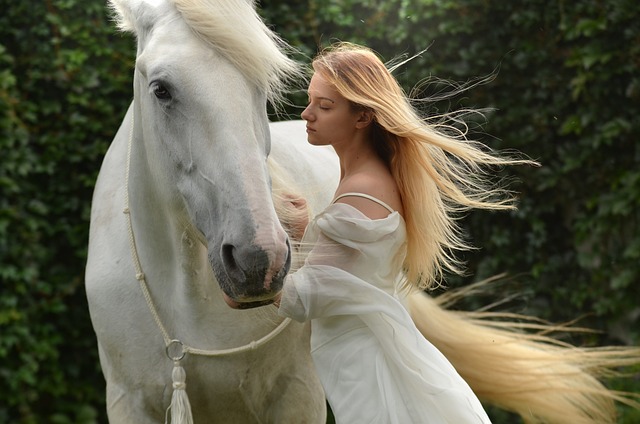Spis Treści
How much does 1 horse drink a day?
When it comes to the daily water intake of horses, it is essential to understand the importance of hydration for these magnificent creatures. Horses, like any other living being, require an adequate amount of water to maintain their overall health and well-being. In this article, we will delve into the topic of how much water a horse should drink in a day, exploring various factors that can influence their water consumption.
Why is water important for horses?
Water plays a vital role in the overall functioning of a horse’s body. It is involved in numerous physiological processes, including digestion, circulation, temperature regulation, and waste elimination. Horses rely on water to maintain their body temperature, lubricate their joints, and transport nutrients throughout their system.
Dehydration in horses can lead to severe health issues, such as colic, impaction, and even organ failure. Therefore, ensuring that horses have access to clean and fresh water at all times is crucial for their well-being.
Factors influencing a horse’s water intake
The amount of water a horse drinks in a day can vary depending on several factors. Understanding these factors can help horse owners and caretakers ensure that their equine companions stay adequately hydrated. Here are some key factors that influence a horse’s water consumption:
- Size and weight: Larger horses generally require more water than smaller ones. A horse’s weight and size can influence their daily water intake.
- Activity level: Horses that engage in strenuous activities, such as racing or intense training, may require more water to compensate for the fluid loss through sweating.
- Weather conditions: Hot and humid weather can increase a horse’s water requirements. Horses tend to drink more during warmer months to regulate their body temperature.
- Diet: The type of feed a horse consumes can impact their water intake. Horses on a primarily dry forage diet may drink more water compared to those on a wetter diet.
- Health status: Certain health conditions, such as diarrhea or fever, can increase a horse’s water needs. It is important to monitor a sick horse’s water intake and consult a veterinarian if there are any concerns.
How much water should a horse drink in a day?
The average water intake for a horse is approximately 5 to 10 gallons (19 to 38 liters) per day. However, it is important to note that this is a general guideline, and individual horses may have different requirements based on the factors mentioned above.
It is recommended to provide horses with constant access to clean and fresh water. This can be achieved through automatic waterers, buckets, or troughs. Regularly monitoring the water level and ensuring that it is replenished when necessary is essential to prevent dehydration.
Signs of dehydration in horses
Recognizing the signs of dehydration in horses is crucial for prompt intervention. Some common signs of dehydration include:
- Thickened saliva or dry mouth
- Dark and concentrated urine
- Loss of skin elasticity
- Depression or lethargy
- Poor capillary refill time
- Reduced appetite
- Increased heart rate
If you notice any of these signs in your horse, it is important to take immediate action. Contacting a veterinarian for guidance and providing your horse with access to water can help alleviate dehydration.
Conclusion
Water is an essential component of a horse’s daily life, and ensuring they have access to an adequate amount is crucial for their health and well-being. The average water intake for a horse ranges from 5 to 10 gallons per day, but individual requirements may vary based on factors such as size, activity level, weather conditions, diet, and health status. By understanding these factors and monitoring a horse’s water intake, owners and caretakers can help prevent dehydration and promote optimal health for their equine companions.


















